Honeysuckle is considered not a particularly demanding plant, but in the spring it also needs additional feeding. In order for fruiting to be maximized, it is necessary to understand which nutrients have a positive effect on the shrub, promoting growth and strength. For fertilizing, different types of fertilizers are used: organic, mineral, made according to folk recipes. They are used undiluted or alternated with other formulations.
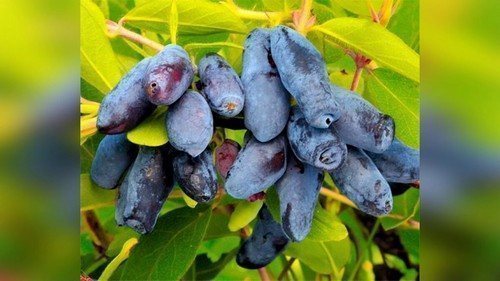
Organic supplements
They are valid for a long period of time, but you will have to wait a little to activate them. The elements included in the composition are in a simple form, which is easily absorbed by plants in full without residue. Organic additives do not have a harmful effect on the land and crops, so they can be used without fear for the future harvest. Designed to saturate the soil with oxygen, increase soil fertility, and get rid of harmful microflora.
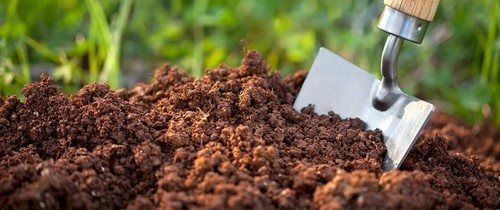
The following are used as organics:
- compost;
- humus;
- peat;
- ash.
For honeysuckle, diluted compost is used in a ratio of 1 to 5. It contains a large amount of nitrogen, which promotes the growth of the bush. The most commonly used is chicken manure. A humus solution is also used, mixing 1 to 6 with clean water. It is made from the remains of weeds, clover, mustard, and straw. The resulting slurry is poured into watering holes.
For honeysuckle, an ash solution is used, applied at the root of the plant, or as a spray. It is important to remember: organic matter should not be used more than 3 times per season, so as not to overfeed the bush.
Mineral supplements
You can also feed honeysuckle with mineral supplements, which show good results, but they tend to be quickly washed out of the soil. For shrubs, saltpeter, superphosphate, phosphate rock, and potassium sulfate are used.
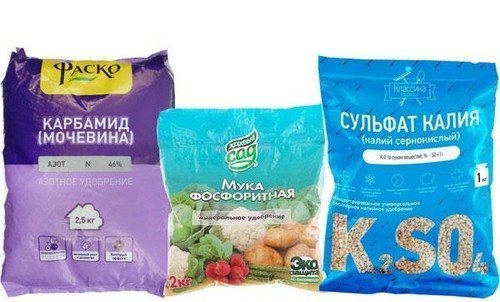
It is recommended to sprinkle saltpeter on the ground before it rains: the additive dissolves with moisture, saturating the roots with nutrients. Potassium sulfate is pre-mixed with chalk or lime in a 1:1 ratio. For edible honeysuckle species, phosphorus fertilizer is important; For this purpose, phosphate rock is used in a volume of 30 g per 1 m2.
Folk recipes
Folk remedies are used to increase the yield of honeysuckle. They do not require special expenses and are often not inferior in effectiveness to commercial drugs.
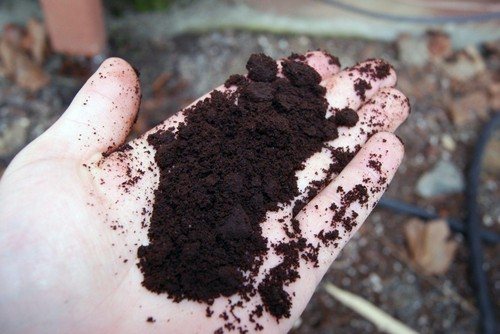
Coffee grounds
To replenish the nitrogen level, the bush is watered with a solution of sleeping coffee grounds every 2 days for 1.5-2 weeks. You can bury the sleeping coffee next to the bush.
Tea and herbal infusions
You can use brewed tea, infusions of nettles, weeds, seasoned with yeast and banana skins. To do this, you need to fill the container halfway with chopped grass and fill it with liquid to the very top. The infusion is ready if it has acquired a dark color and there is no foam on the surface. The resulting liquid should be diluted 1:10. Watering frequency – once a month.
Ammonia
Ammonia contains a high proportion of nitrogen, which helps increase yield and build up vegetative mass. At the same time, the unpleasant odor has a negative effect on insects. The liquid is prepared by dissolving 1.5 tbsp. l. ammonia per 5 liters of water. Then water the bush and loosen the soil in the hole.

Aquarium water
Aquarium water has a neutral acidity level and also contains many nutrients. Watering can be done with undiluted liquid before the honeysuckle begins to bloom.
Potato decoction
The water remaining after boiling potato tubers contains a large amount of starch, which increases the growth of the bush. Every week the plant is watered with a chilled decoction for 1 month.
The best time to apply fertilizing is considered to be early spring, before buds appear on the honeysuckle. After flowering begins, mineral complexes are used.


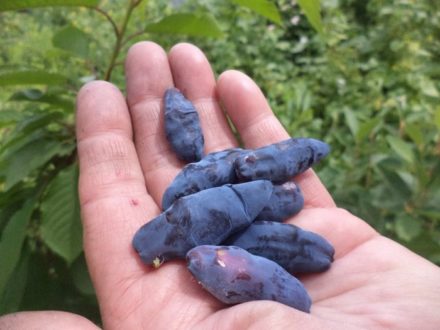
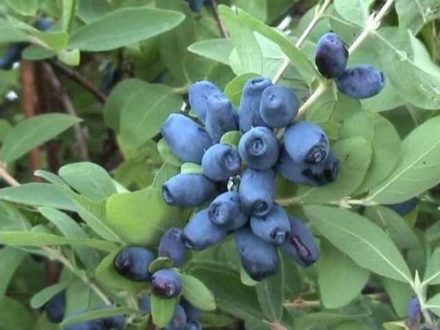

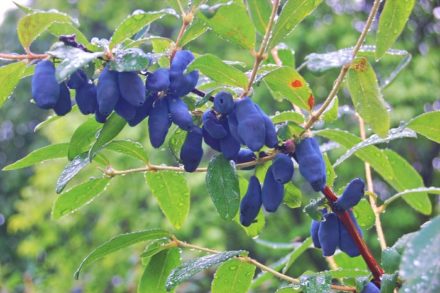
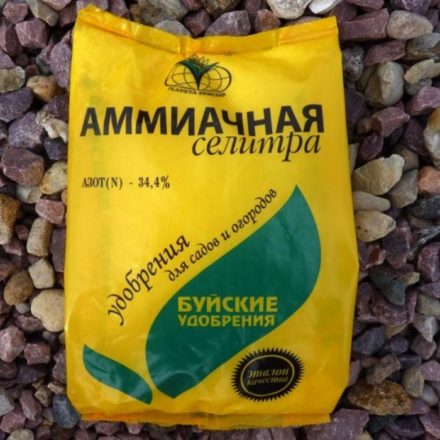
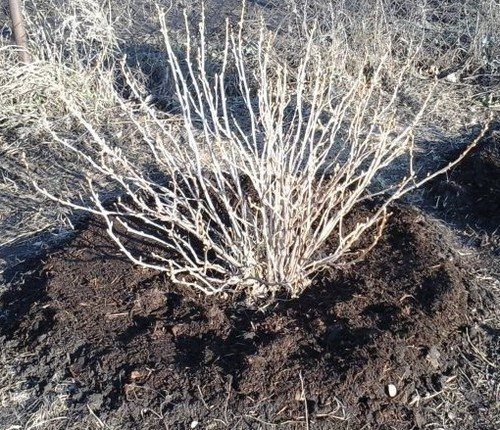
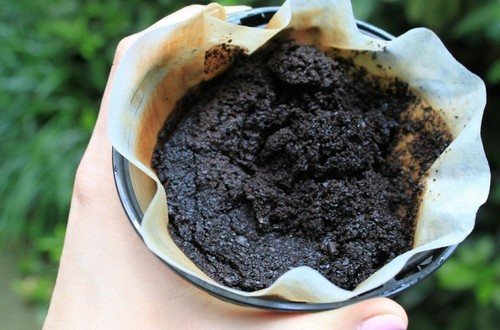

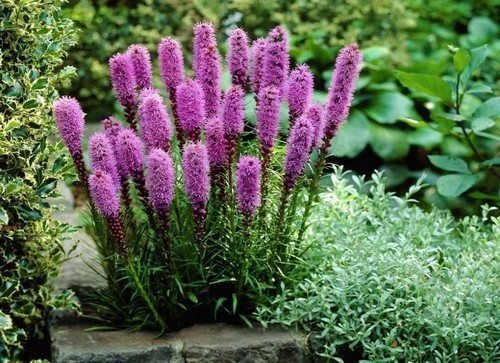

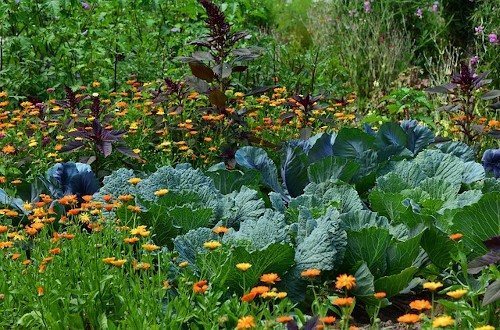
Why do we need ammonia if there is urea, there are different types of saltpeter... it’s not clear what kind we’re talking about, but in general illiterate advice... amateurish...